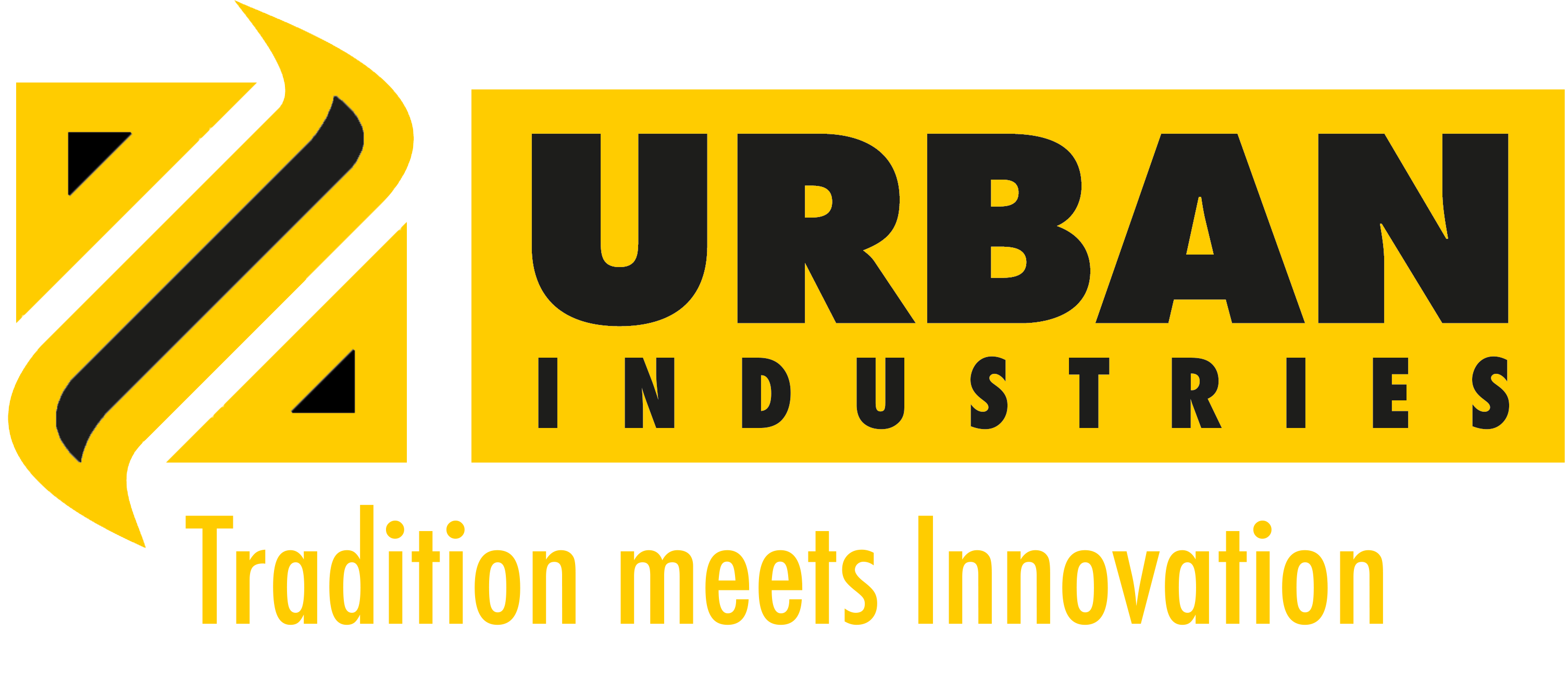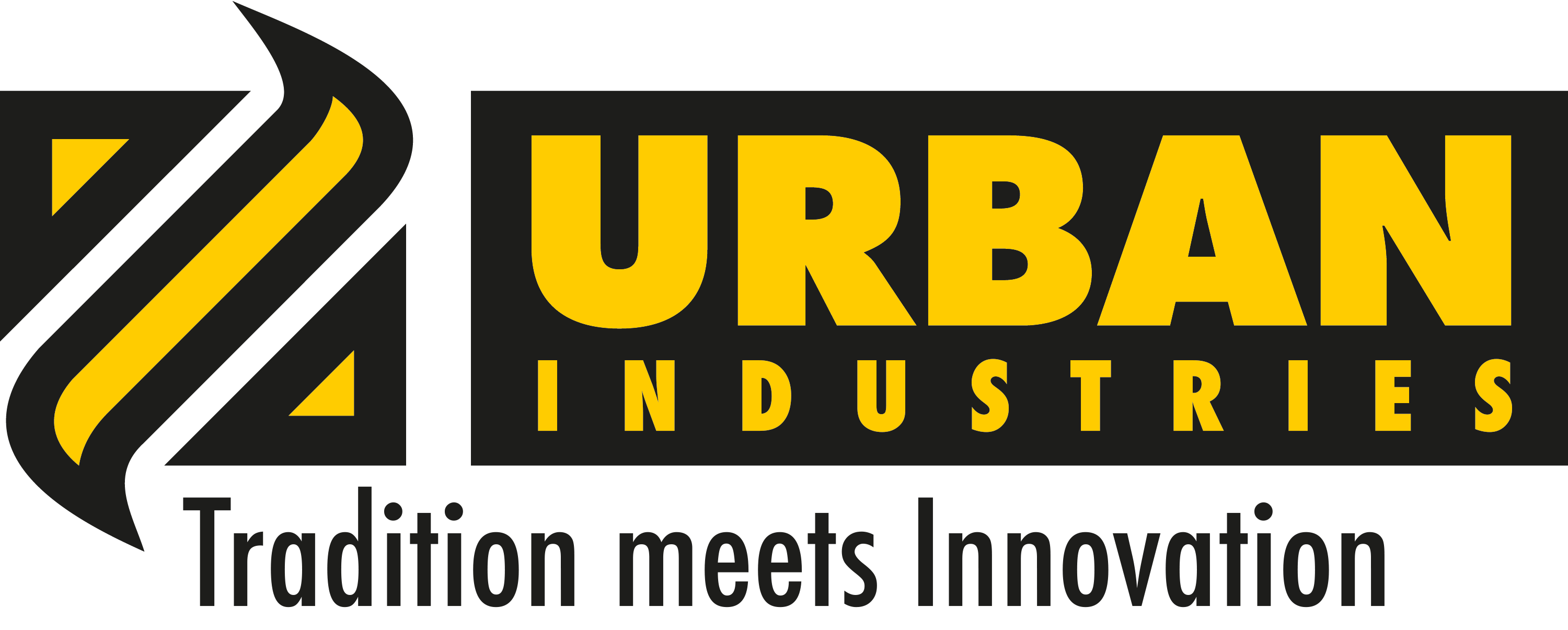Underbody armor systems
Protection against ground mines and explosions
Underbody armor systems are essential safety devices for vehicles operating in hazardous environments. These large-area armor plates protect the underbody of vehicles from the destructive effects of ground mines, improvised explosive devices (IEDs) and other threats.
What are underbody armor systems?
Underbody armor systems consist of specially manufactured armor plates that are mounted underneath the vehicle. They are designed to dissipate the energy generated by explosions and protect the vehicle occupants and critical vehicle components.
The main functions of these systems include:
- Explosion protection: Minimize the effects of pressure waves and splinters on the vehicle.
- Protection of the occupants: Prevent injuries caused by splinters or deformation of the vehicle.
- Vehicle stability: Maintain the structural integrity of the vehicle after an explosion.
Materials for underbody armor systems
The materials used for underbody armor systems are crucial for their protective function and durability. Typical materials are
- High-strength steel: Extremely robust and resistant to explosions and mechanical impact.
- Titanium: Lightweight and stable, ideal for vehicles with mobility requirements.
- Ceramic composites: Absorb energy and provide excellent protection against splinters.
- Multi-layered materials: Combinations of metals, plastics and foams for energy absorption.
These materials are often combined to achieve an optimum balance between protection, weight and cost.
How do underbody armor systems work?
Underbody armor systems use advanced technologies to protect vehicles from the destructive effects of explosions:
- Energy section: The armor plates distribute the energy of an explosion evenly to minimize damage.
- Shock absorption: Special layers within the armor absorb and dampen the forces generated by an explosion.
- Fragmentation defense: The armor blocks splinters and other debris thrown up by the explosion.
Areas of application for underbody armor systems:
Underbody armor systems are used in various vehicle types and areas of application:
- Military vehicles: Protection of armored vehicles such as tanks, vans and jeeps in conflict zones.
- Police vehicles: Security during operations in dangerous areas or bomb disposal.
- Security vehicles: Protection for VIPs or journalists traveling in crisis areas.
- Special transporters: Transport vehicles that carry explosives or hazardous materials.
- Rescue vehicles: Use in disaster areas to protect emergency services.
Advantages of modern underbody armor systems
- Maximum protection: Effective defense against ground mines, IEDs and other threats.
- Durability: High-quality materials guarantee a long service life, even under extreme conditions.
- Weight optimization: Advanced materials minimize additional weight and maintain vehicle mobility.
- Adaptability: Systems can be individually adapted to different vehicle types and operating conditions.
- Simple retrofitting: Many armor systems can be integrated into existing vehicles .
Construction of modern underbody armor systems
The design of these protection systems requires the highest precision and the use of state-of-the-art technologies:
- CAD design: Computer-aided planning ensures perfect adaptation to the vehicle structure.
- Modularity: Individual armor plates can be replaced or extended as required.
- Shock absorption systems: Integrated dampers reduce the transmission of forces to the occupants.
- Protective coatings: Weather and heat-resistant coatings increase the durability of the armor.
Future trends in underbody armor systems
The further development of underbody armor systems is driven by innovative materials and technologies:
- Lightweight construction: Use of new materials such as nanocomposites to reduce weight.
- Intelligent systems: Integration of sensors to monitor damage and loads in real time.
- Sustainability: Use of recyclable materials and energy-efficient production methods.
- Automated production: Advanced production processes improve precision and efficiency.
The challenge of development
The development of modern underbody armor systems faces several challenges:
- Weight management: The protection must not impair the mobility of the vehicle.
- Costs: High-quality materials and precise manufacturing make the systems cost-intensive.
- Complexity: Integration must take place without impairing vehicle performance.
Conclusion
Support structures for solar panels are an essential component of modern solar systems, especially for large-scale installations. With high-quality materials, innovative designs and advanced technology, they offer maximum stability, durability and efficiency. Whether on roofs, open spaces or water surfaces – the right support structures guarantee the optimum performance and safety of your solar installation.

